February
1, Serpent Day (I love my snake friends!); National Get Up Day; National Freedom (from slavery) Day
2. Ground Hog's Day; National Heavenly Hash Day
3. National Women's Physician Day; National Day the Music Died; National Wear Red Day
4. National Create a Vacuum Day; National Homemade Soup Day (YUM!) and National Thank a Mail Carrier Day
5. National Weatherperson Day; World Nutella Day (My wise teacher, The Dharma Frog, makes an awesome Nutella cheesecake.)
6. National Frozen Yogurt Day; National Lame Duck Day
7. National Periodic Table Day; National Send a Card to a Friend Day
8. National Boy Scouts Day; National Kite Flying Day (Do the Boy Scouts have a merit badge for kite flying???)
9. National Bagel Day; National Pizza Day; National Toothache Day (Really? They have a day for this? I try to forget my toothaches...not remember them!)
10. National Umbrella Day; National Home Warranty Day; National Cream Cheese Brownie Day
11. National Don't Cry Over Spilled Milk Day; National Inventors' Day; National Make a Friend Day; National Shut-in Visitation Day
12. National Plum Pudding Day
13. National Clean Out Your Computer Day
14. National Ferris Wheel Day; National Organ Donor Day; Valentine's Day
15. Singles Awareness Day
16. National Do a Grouch a Favor Day
17. National Random Acts of Kindness Day
18. National Battery Day (You never appreciate them until it's too late...)
19. National Lash Day (Do frogs have eyelashes....)
20. National Love Your Pet Day; Presidents Day
21. National Sticky Bun Day (Not the best diet choice but they are pretty yummy...and they go well with tea)
22. National Cook a Sweet Potato Day
23. National Dog Biscuit Day; National Toast Day; National Tile Day
24. National Skip the Straw Day
25. National Chocolate Covered Nut Day; National Clam Chowder Day
26. National Tell a Fairy Tale Day
27. National Polar Bear Day
28. National Public Sleeping Day; National Tooth Fairy Day; Rare Disease Day in the USA; Spay Day USA (This is so important!)
See, I told you there were loads of special days in February! How many of them will you choose to celebrate? I have a list of my favorites and I'm heading to the party store right now. Have a great month!
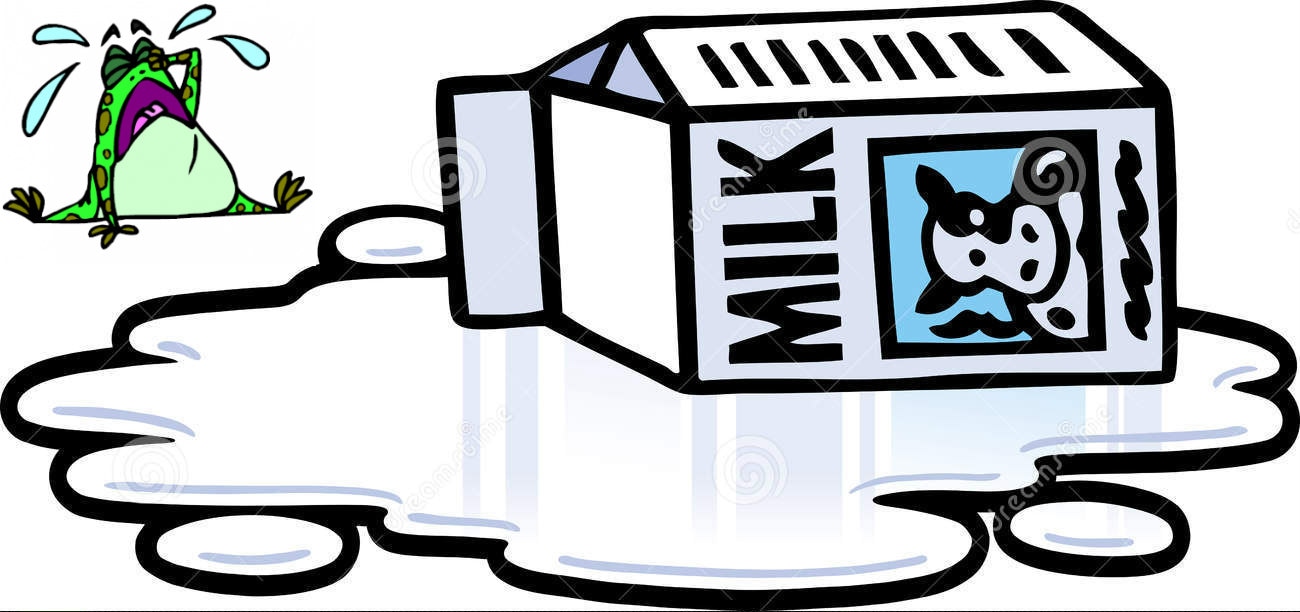

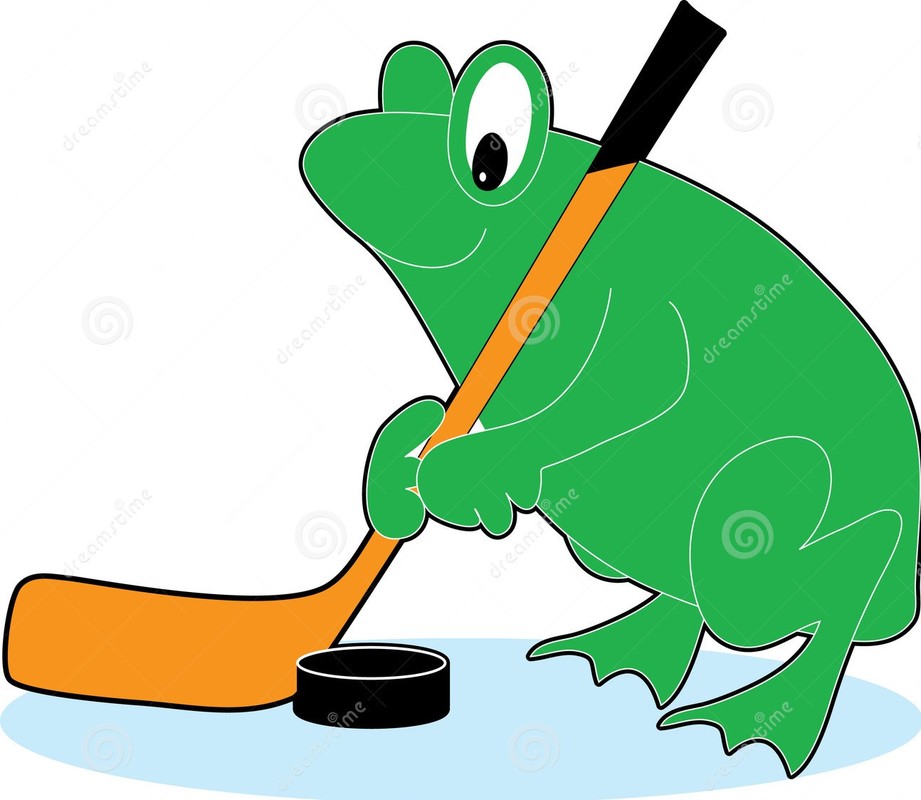
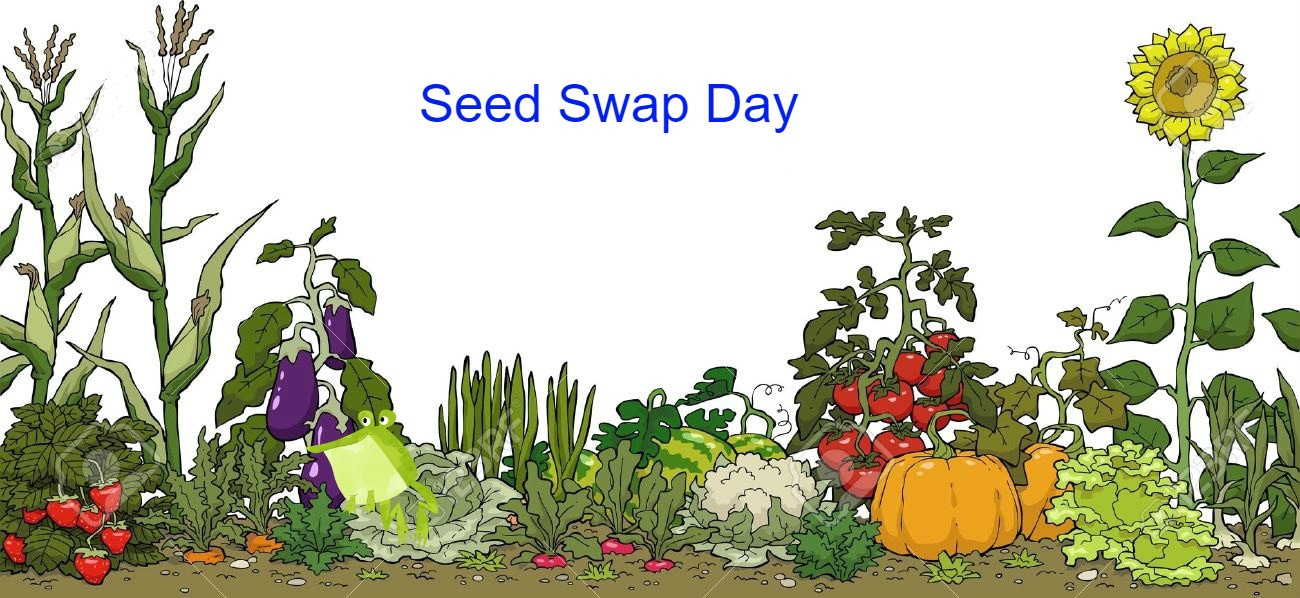
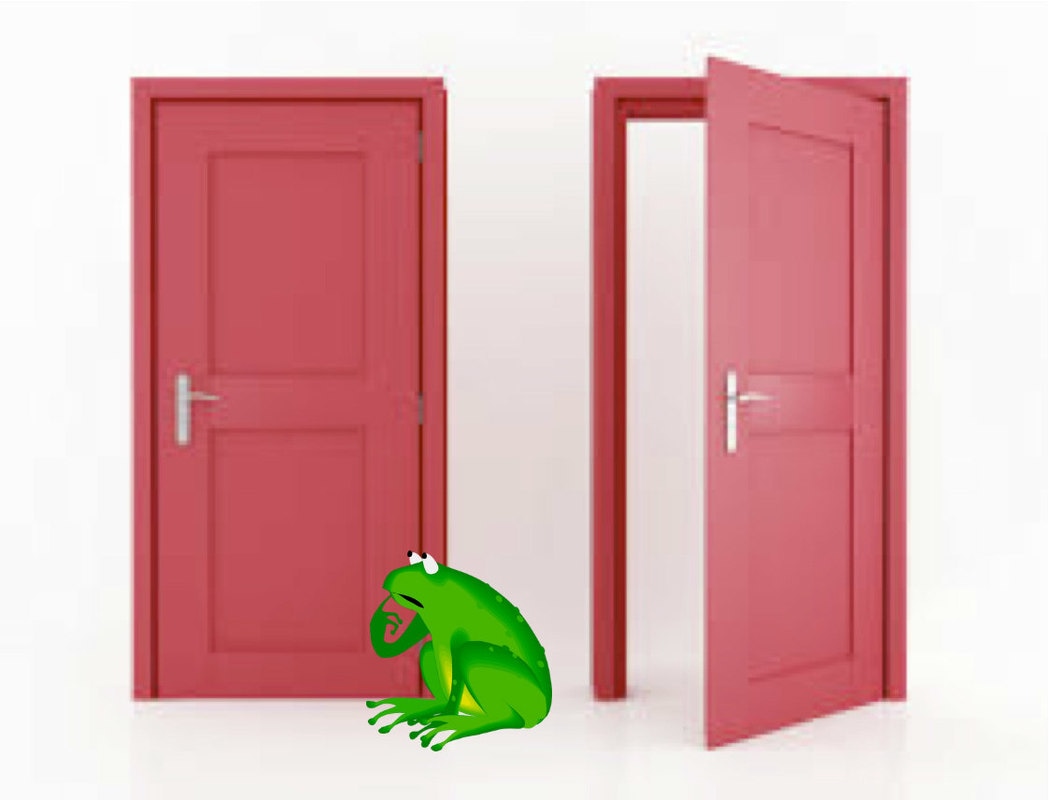
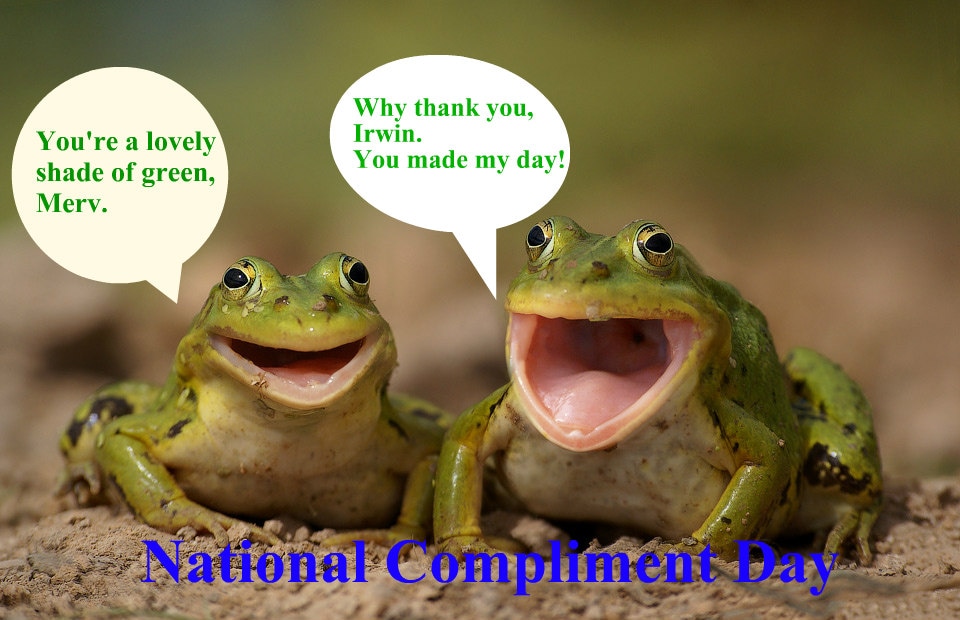
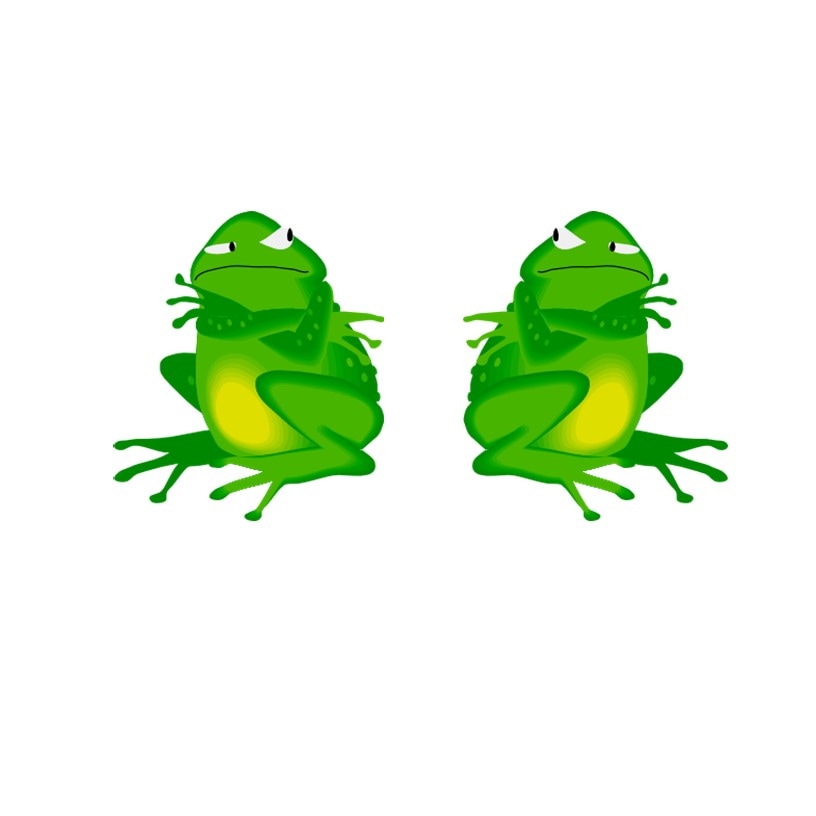
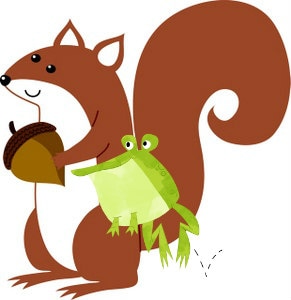
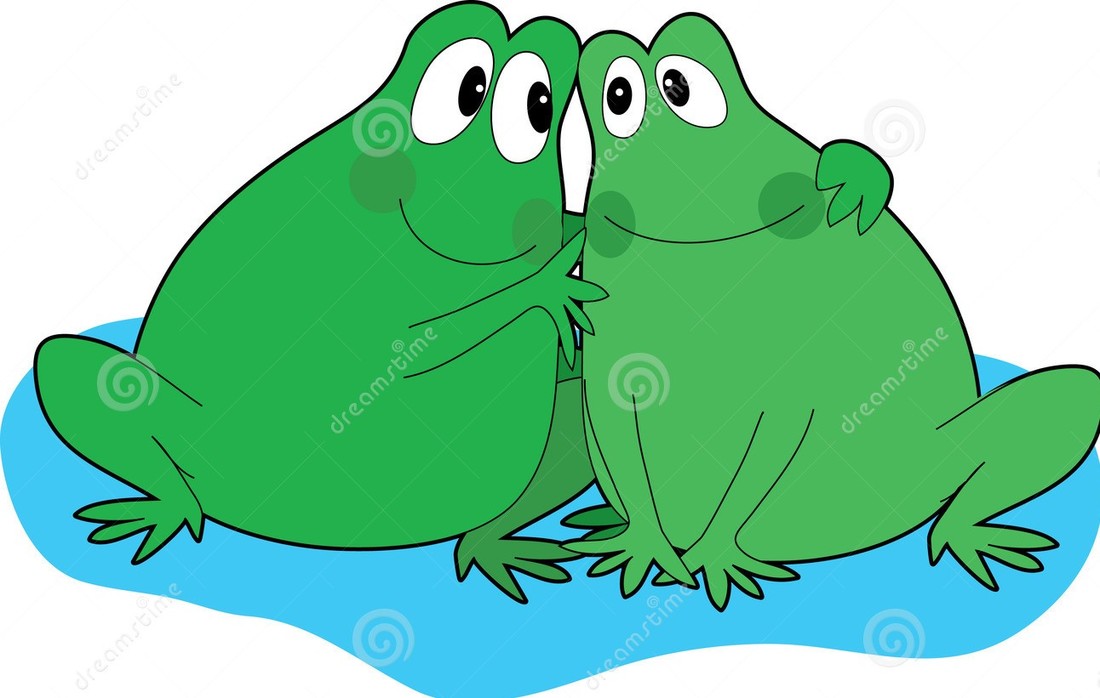

 RSS Feed
RSS Feed